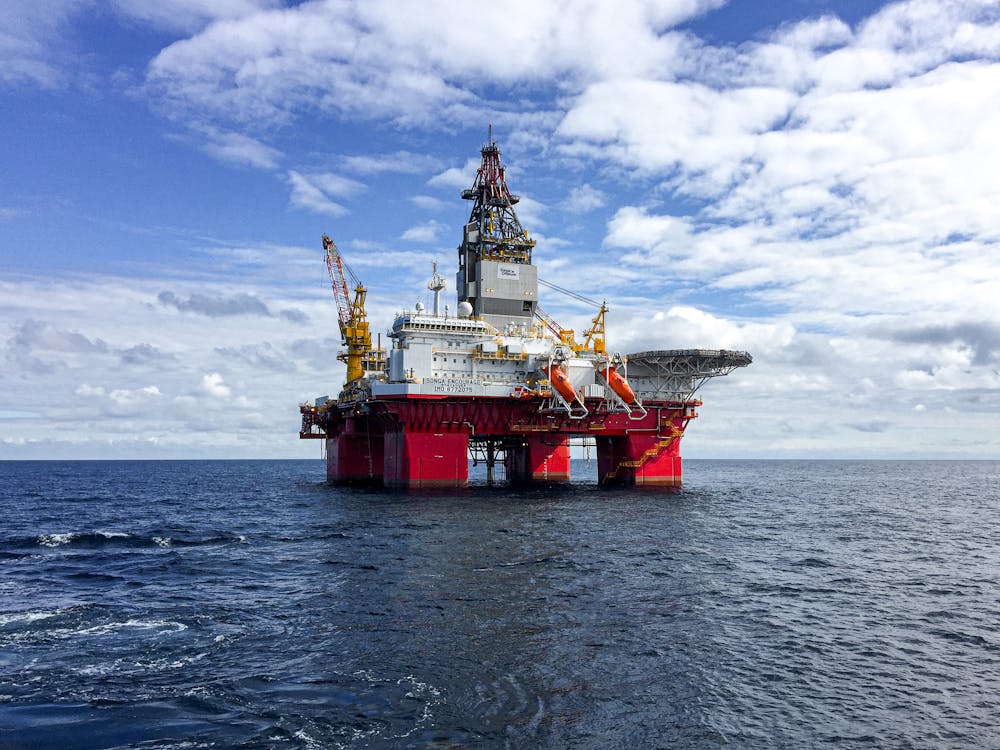Risk Considerations:
- Regulatory and Political Risks: Evolving regulatory environments, political instability, and government interventions.
- Operational Risks: Accidents, spills, equipment failures, and security breaches.
- Environmental and Social Impact: Environmental degradation, community displacement, and social unrest.
- Economic and Market Risks: Volatile oil prices, currency fluctuations, and market demand shifts.
- Security Risks: Terrorism, piracy, and civil unrest.
Mitigants:
1. Regulatory and Political Risks:
– Engage with governments and regulators to shape policy and advocate for favorable regulations.
– Ensure compliance with regulatory requirements through robust internal controls.
2. Operational Risks:
– Implement robust safety protocols and emergency response plans.
– Invest in modernizing and maintaining infrastructure.
3. Environmental and Social Impact:
– Develop and implement environmental and social impact assessments.
– Engage with local communities and stakeholders to address concerns.
4. Economic and Market Risks:
– Diversify revenue streams and investments.
– Implement hedging strategies to manage price volatility.
5. Security Risks:
– Implement robust security measures, including surveillance and access controls.
– Engage with local authorities and security experts to stay informed.
Additional Mitigants:
1. Develop a comprehensive risk management framework.
2. Conduct regular risk assessments and reviews.
3. Implement a robust compliance program.
4. Foster a culture of safety and responsibility.
5. Develop strategic partnerships and collaborations.
6. Invest in employee training and development.
7. Engage with stakeholders, including local communities, investors, and customers.


